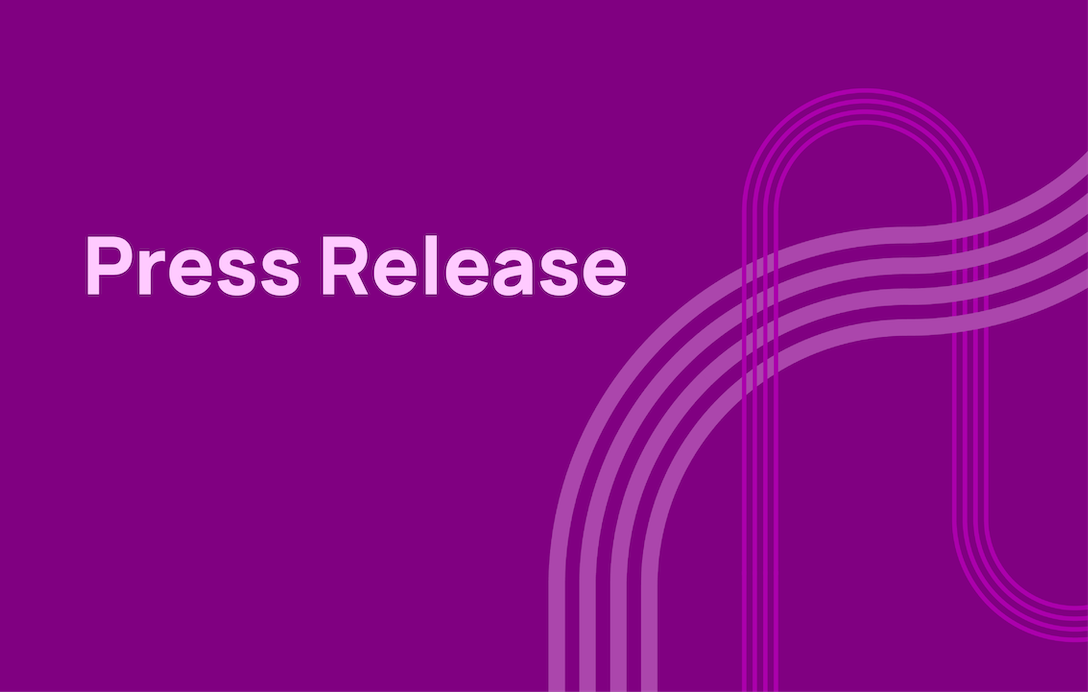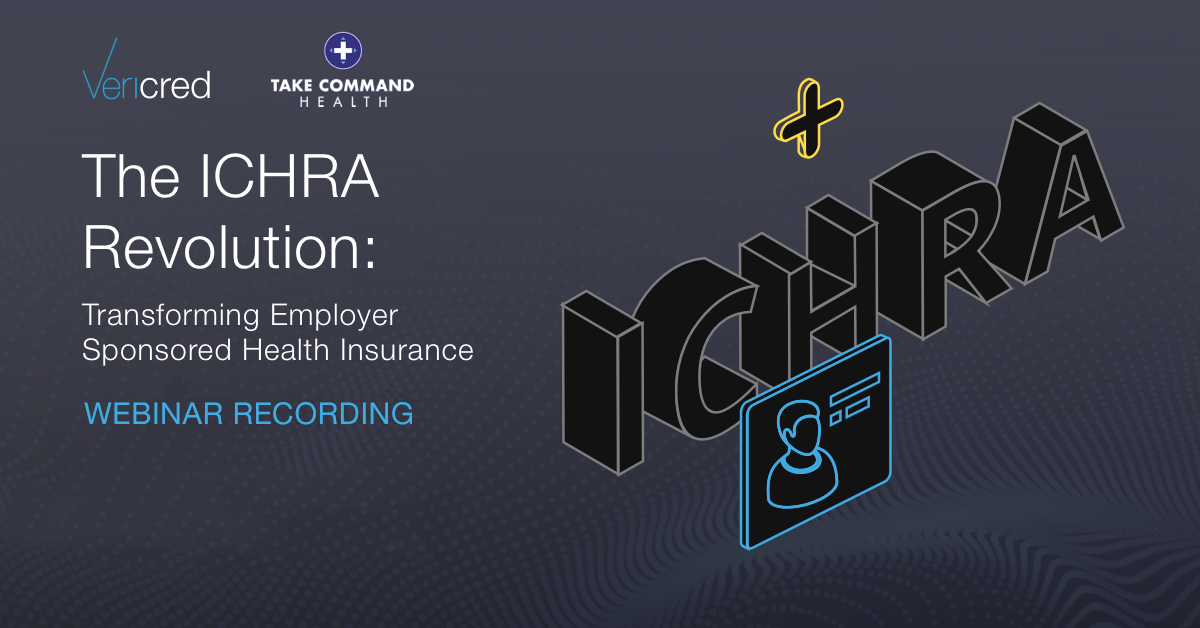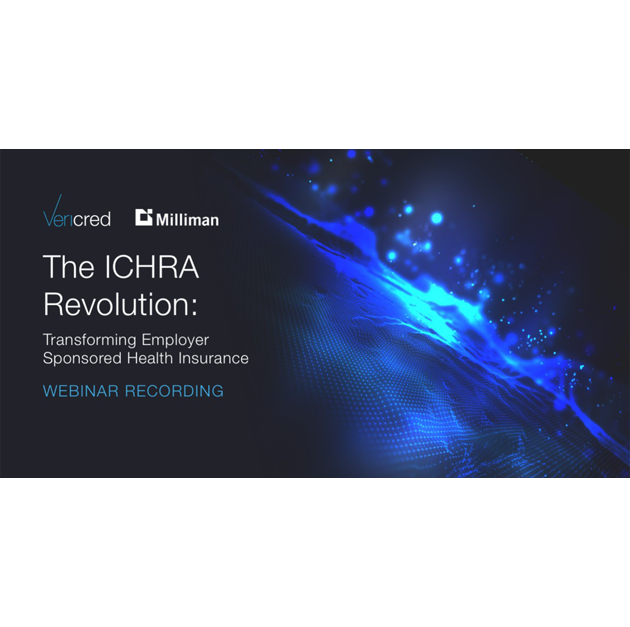Brokers and agents want to generate quotes and service customers within software they already use—and with the least amount of manual data entry
For health-insurance carriers, it is the moment of truth: A broker, having learned a client’s needs and researched available options, now must recommend a plan. To get the business, it’s not enough for a carrier to offer a competitive price, an optimized network, and desired plan features; several carriers will likely meet that hurdle. It’s also not simply a matter of brand strength, personal relationships, or commission structure either. Increasingly, the moment-of-truth differentiators for brokers is which carrier a) most successfully reduces their administrative burden, and b) uses automation that simplifies the experience of brokers, members, and—for business plans—employers.
For carriers, meeting brokers’ changing expectations requires a significant shift in mindset and a handful of inexpensive, simple strategic moves. The reality of today’s marketplace is that carriers that share data and technology with brokers win more business than those that maintain barriers—deliberate or inadvertent—that keep agents from the information they need to close sales. When all things are equal, a broker will choose the carrier that enables the tools brokers are already using. But this reality is hardly a burden for carriers. Technology that makes things easier for brokers generally reduces administrative costs for carriers.
With this new reality in mind, here are four concrete steps carriers can take to become—and be seen as—true digital partners with their brokers:
- Connect with brokers where they work. Carriers work hard to differentiate themselves from competitors, and many ask brokers to use their broker portals to quote so they can highlight their unique benefits. This go-it-alone approach does create a distinct impression. More often than not, though, it drives business away. Here’s why: Most agencies have automated the process of gathering rate and plan information, comparing options and generating proposals. Carriers that only share plan data on their website throw a wrench into brokers’ machines, forcing them to copy information, reformat it and enter it into their quoting system (effectively doing the very thing carriers try to avoid, i.e., being “spreadsheeted”). Broker-friendly carriers, by contrast, distribute their data to the brokers’ quoting tools and agency management systems, empowering an agent to do all the work of creating a quote for customers in a single environment.
- Give brokers all the network information they need to help clients make smart decisions. Easy access to information about which providers participate in a carrier’s network is as important—when it comes to decision support—as rate data. Clients want insurance with a network that includes the doctors they use, and employers want to choose plans that meet the needs of most of their employees. Some carriers are burdened with legacy technology that can put technological roadblocks in front of brokers who are doing the time-consuming work of creating a disruption analysis for a business client that shows how many of their employees would need to switch providers under each plan. They require the broker to log into a proprietary website to check each provider manually. Carriers that publish detailed and up-to-date network information in standard electronic formats can save brokers hours of work on every proposal.
- Remove the excess manual work from enrollment and member management. If data is already in electronic form, brokers shouldn’t have to enter it again. This is especially exasperating for brokers when they upload a complex census of member information to underwrite a group plan, then have to re-enter all the same data when it’s time to enroll new members. Carriers that integrate with the systems the brokers are already using can create a seamless path from quote-to-card with no duplicate entry. This automation also makes the process faster and less error-prone, to the benefit of all.
- Support brokers’ digital distribution channels. Brokers themselves are rapidly changing how they service their individual and business clients, all of whom expect to have access to self-service tools for information and transactions. Some brokers go to market primarily through online experiences, allowing customers to shop, buy and service plans through websites and apps. Others offer digital channels that complement traditional face-to-face service. In the group market, brokers also want to leverage benefit administration systems that are increasingly used by businesses. But, too often, broker websites and apps are digital front end to an otherwise manual process. A plan participant might add a new baby to their broker’s app on Monday only to discover at the pediatrician’s office on Friday that the coverage has yet to be updated. Behind the app’s sleek façade is the broker’s back office that has to retype the information about the new dependent into a form that the carrier takes days to process. Carriers that can handle transactions electronically (and provide rapid confirmation) not only save money on back-office staff, they also improve member satisfaction overall, increasing the probability of group renewal.
Of course, the majority of insurance companies aren’t oblivious to the pressures that brokers face. Most are working on their own digital transformations, but these take time. In addition, many carriers have prioritized other projects ahead of building more robust digital connections to brokers. That’s a risky strategy in a market in which brokers can easily shift business to carriers that support their automation and minimize the back office work that keeps them from serving clients.
Smart carriers aren’t waiting until they’ve completely rebuilt their systems to support their brokers. They are finding ways to connect systems they already have to the software used by brokers and employers. Even if they don’t have the complete real-time functionality they may eventually want, such “hacks” can do a lot to reduce the burden on brokers, drive cleaner data to the carrier and to deliver better experiences to the member. Such efforts may be all that is needed in the short term to ensure that a carrier is top of mind the moment a broker recommends the best plan for a client.
Ideon enables the modern, efficient—even delightful—experiences that brokers, employers and members have come to expect. We connect carriers to broker and employer automation systems, without carriers having to build new technology or otherwise incurring capital expenses.
Contact us and we will gladly explore the state of your systems and distribution network to help find ways to delight your brokers without upending your technology roadmap.










